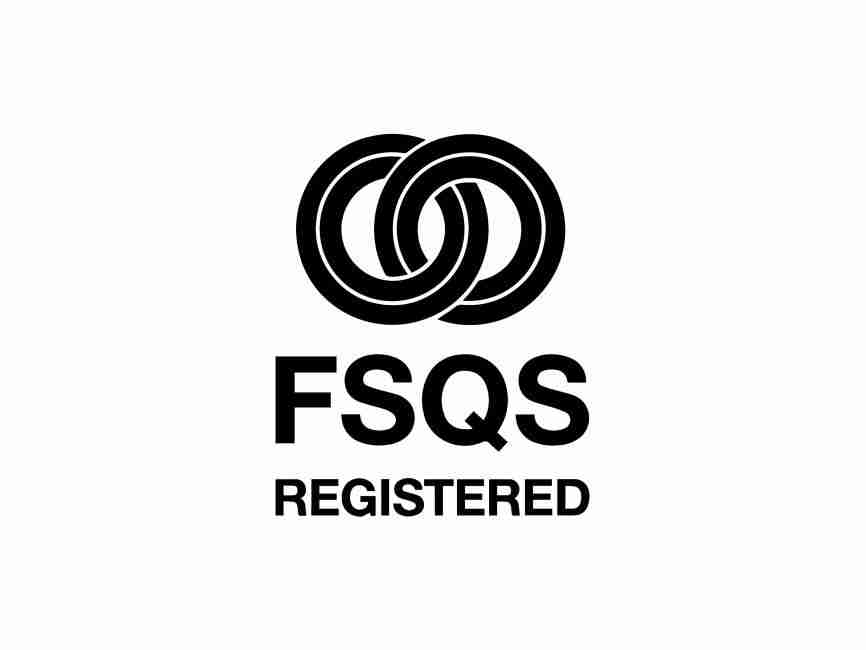We’ve all be frustrated about dialling into a company and hearing “Press Button 1 for this and press button 2 for that.” By the time you are on the third selection you are ready to either end your life or hang up, whichever comes first.
But it need not be like that. There is some good news if you do it right. And now it’s a lot cheaper than you may think.
Why Bother?
Don’t dismiss the IVR (Interactive Voice Response) idea without careful consideration. There are some benefits to consider and most businesses that use IVRs would not be without them. Here are some advantages;
Calls get sent to the right work groups.
A well-designed menu allows callers to select the option that will direct them to the person who can best deal with their enquiry. The frustrating process of being transferred from department to department, put on hold, or having to request a call-back is bypassed.
Appear large than you really are.
It makes a SME appear to be a larger company than it really is. Yes, we all know the trick, Steve from the customer team actually does sales as well…. however, it works.
First impressions count.
Companies put a lot of time an effort into getting the right logo and website design. Why wreck this with random call answering by whoever happens to answer the phone first. An IVR can help you convey your business brand and personality. By aligning the voice, music, prompts and scripts with your brand, you create a powerful and consistent image for your customers.
Cut your costs.
Not only can you make savings by not having to employ reception staff to answer and transfer calls, but you will also enjoy increased productivity because staff will be able to focus on real issues or on making sales.
Better customer service.
An IVR can go beyond a simple greeting. It can be set up to provide answers to common customer enquiries, resolving simple queries independently – affording agents more time to resolve complex requests. Customers often find self-service more convenient for simple tasks. Tasks like tracking a shipment, checking an account balance, or making a reservation can all be carried out via an IVR
Doing it Right
The goal is to make life easier for your customers, so make sure your menu is easy to follow and as brief as possible. If your recorded menu has too many options your caller is likely to get confused and maybe hang up. Keep descriptions as short as possible and keep menu options to no more than five.
Make your most popular option the first. If your IVR says “For Sales press one, for Customer Services press two and for Accounts press three, but Accounts is your most popular option, change your menu to reflect this. You then avoid the caller having to listen to the whole message to get the right option.
Put option before action. Customers might hear “For customer support, press two”. Best practice is to put the action first. So, “Press two for support”. This reduces the risk of the customer having to listen to the menu options multiple time as they have forgotten or missed which option they need to choose.
Make it easier for those who “just want to talk to someone”. Not everyone will cooperate with your IVR menu, however simple you make it. It is a mistake to have the option to speak to someone to far into the menu. Bear in mind that some callers will have a query that doesn’t come under your menu options. They’ll feel overlooked if it is not easy to connect with a representative, and may hang-up, resulting in a bad customer experience or a lost opportunity.
Don’t forget to make sure that the voice on your IVR matches your brand and values. It is a good idea to use an IVR system that offers professional test-to-speech IVR greetings. Using multiple voices (one for each message, not at the same time) can also make the message more interesting.
Check up on yourself
Remember, the purpose of your IVR is to benefit your customer and increase first call resolution. Start by asking yourself why a customer would call your business, then start to build your IVR menu from here. Regularly review your IVR to find out:
- What steps customers need to go through to get through to the right person.
- What is the tone and language used in your recording? Does it still reflect your brand?
- How long does a customer need to be in the IVR system before they are connected with an agent?
- Does it offer call back options? If you handle a lot of calls, it is a good idea to include an option for them to request a call back instead of holding for long periods of time.
The bottom line is that if an IVR is well-designed, many customers prefer to use them. Firstcom’s simple IVR will help you stay ahead of the competition, increase customer satisfaction and enhance productivity.
Click here to see the Universe IVR









